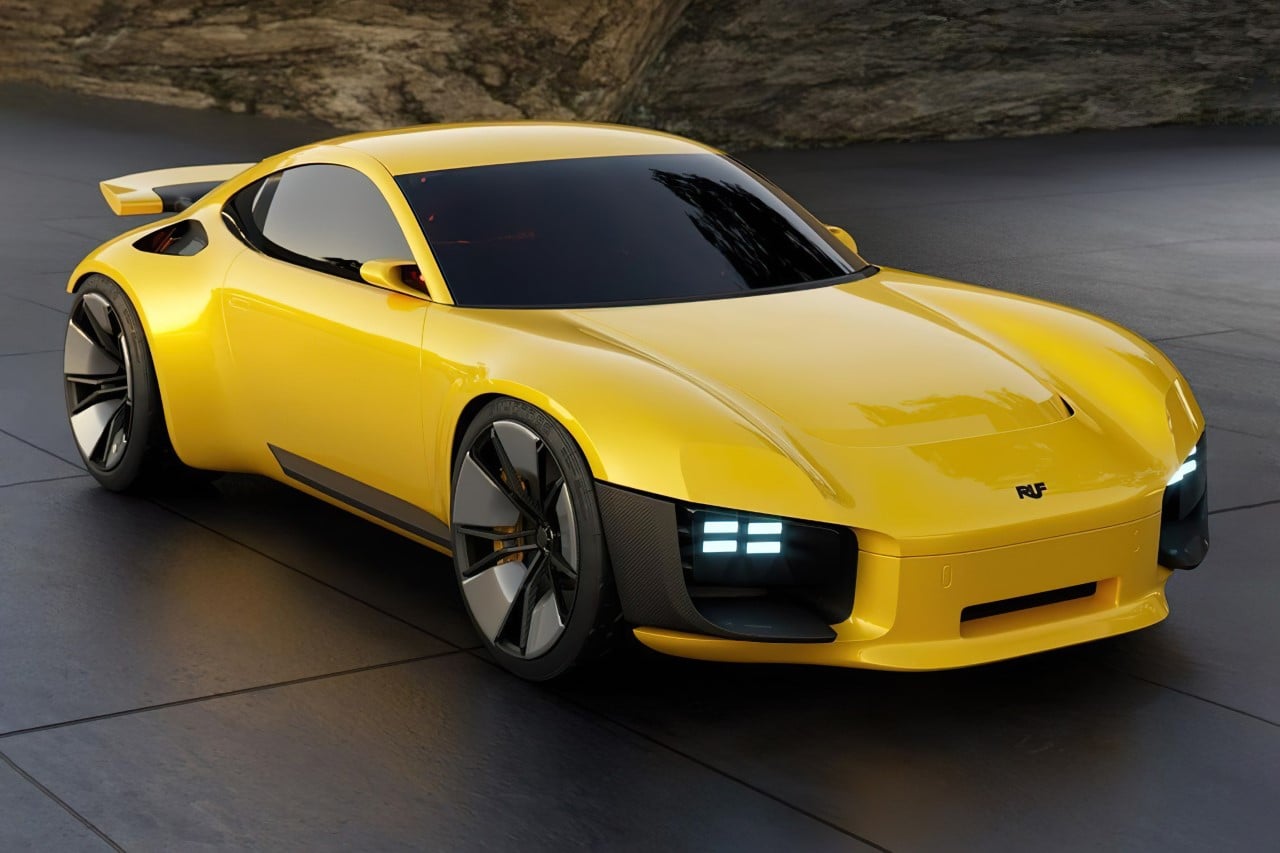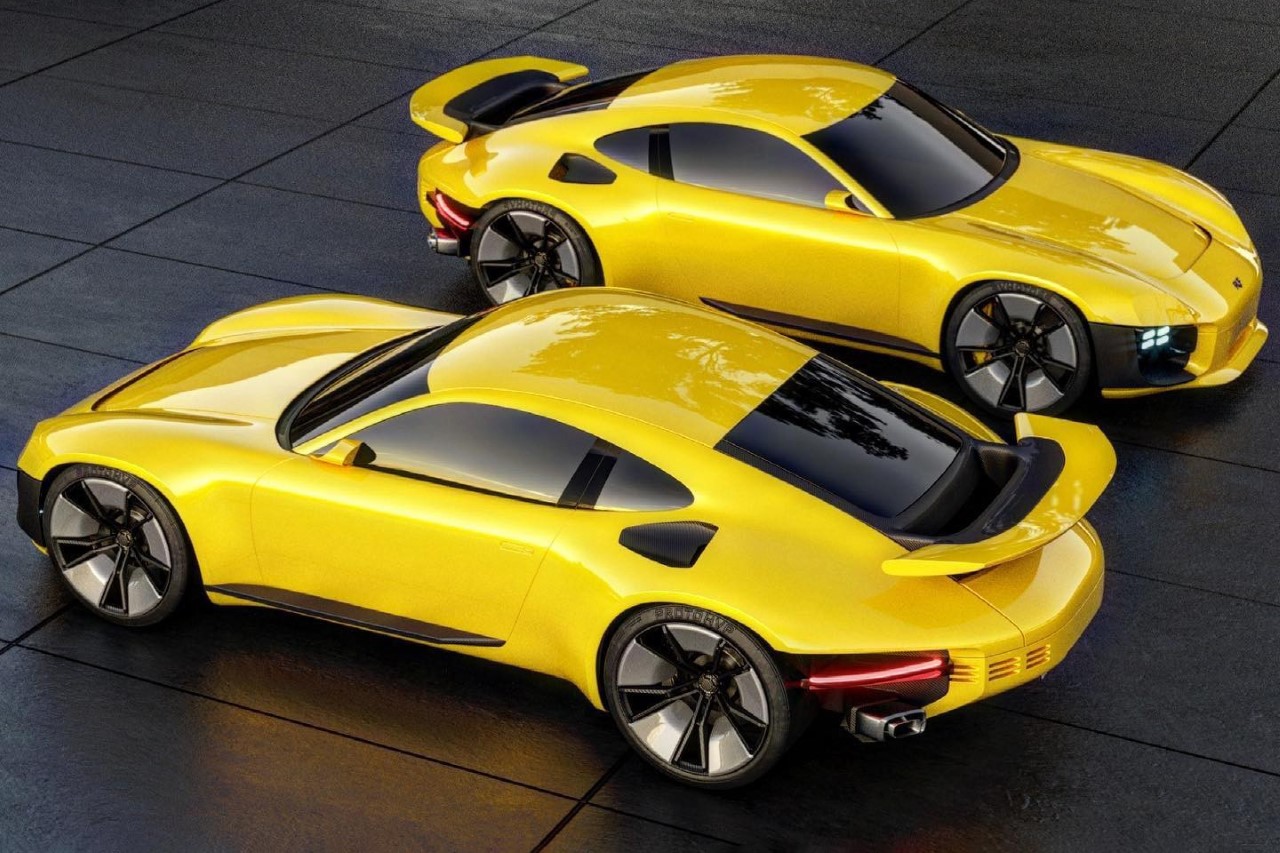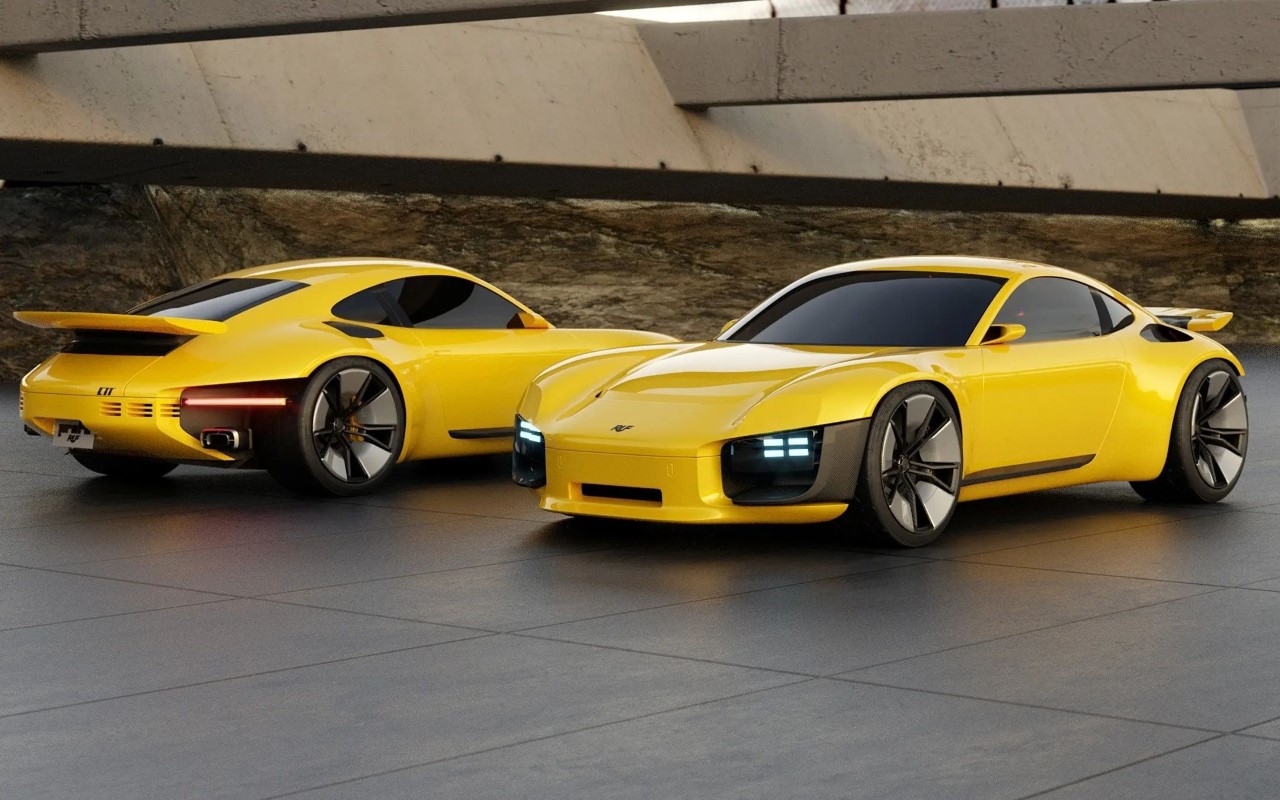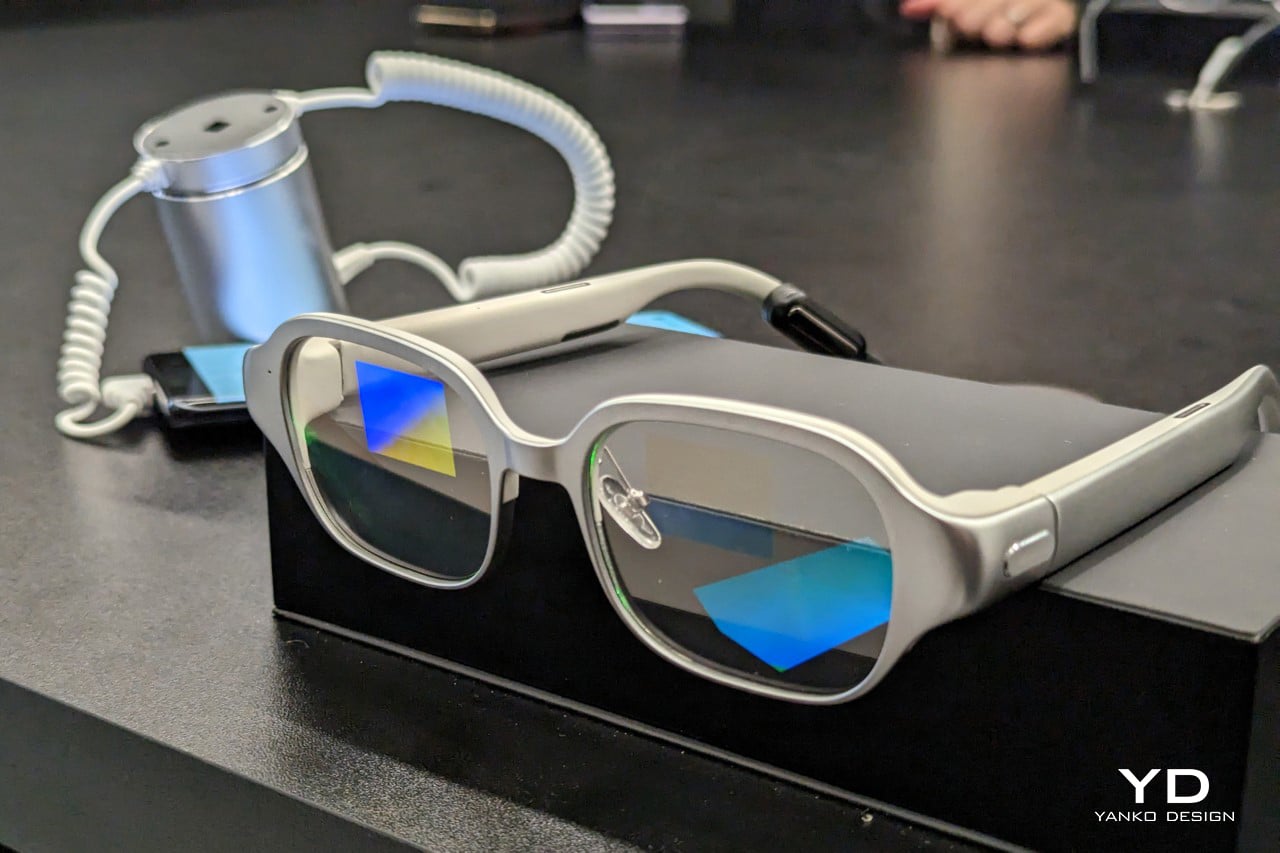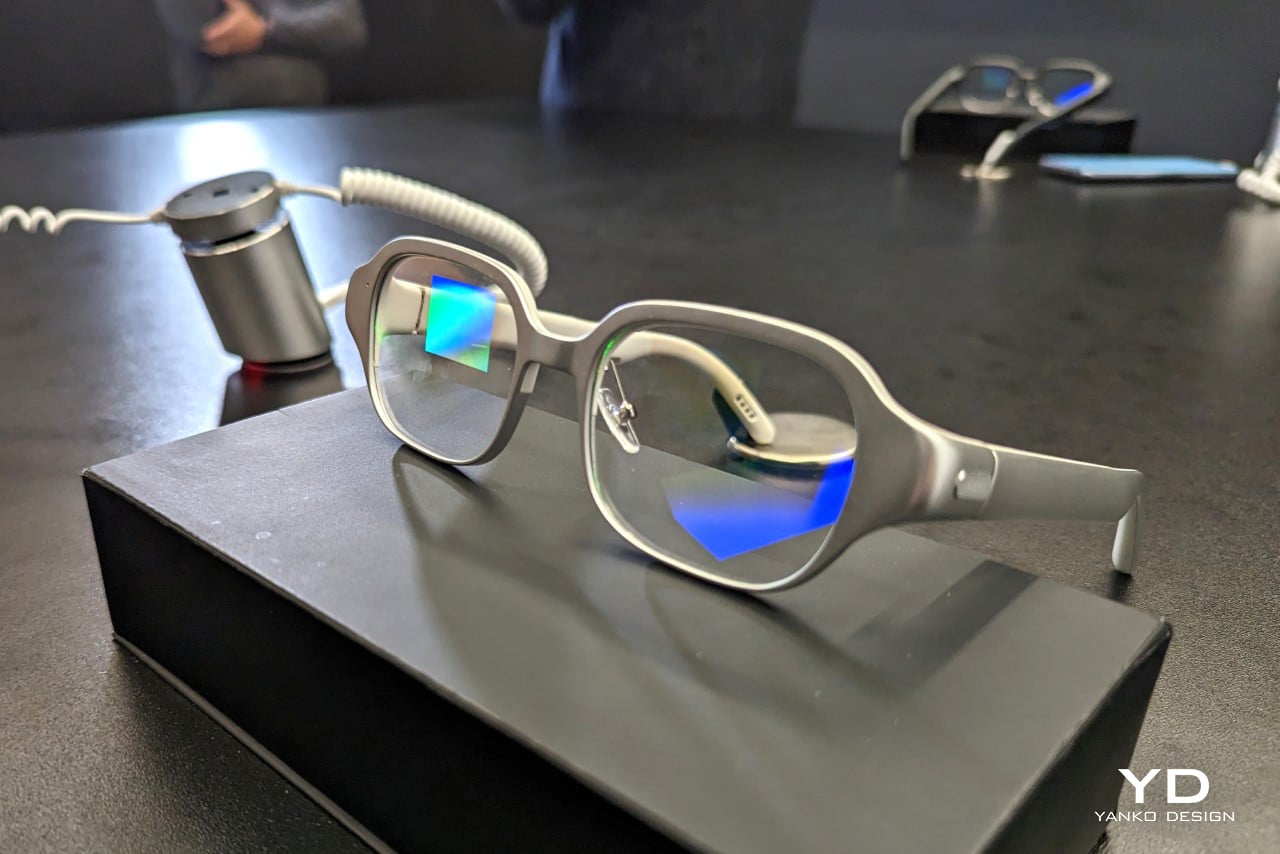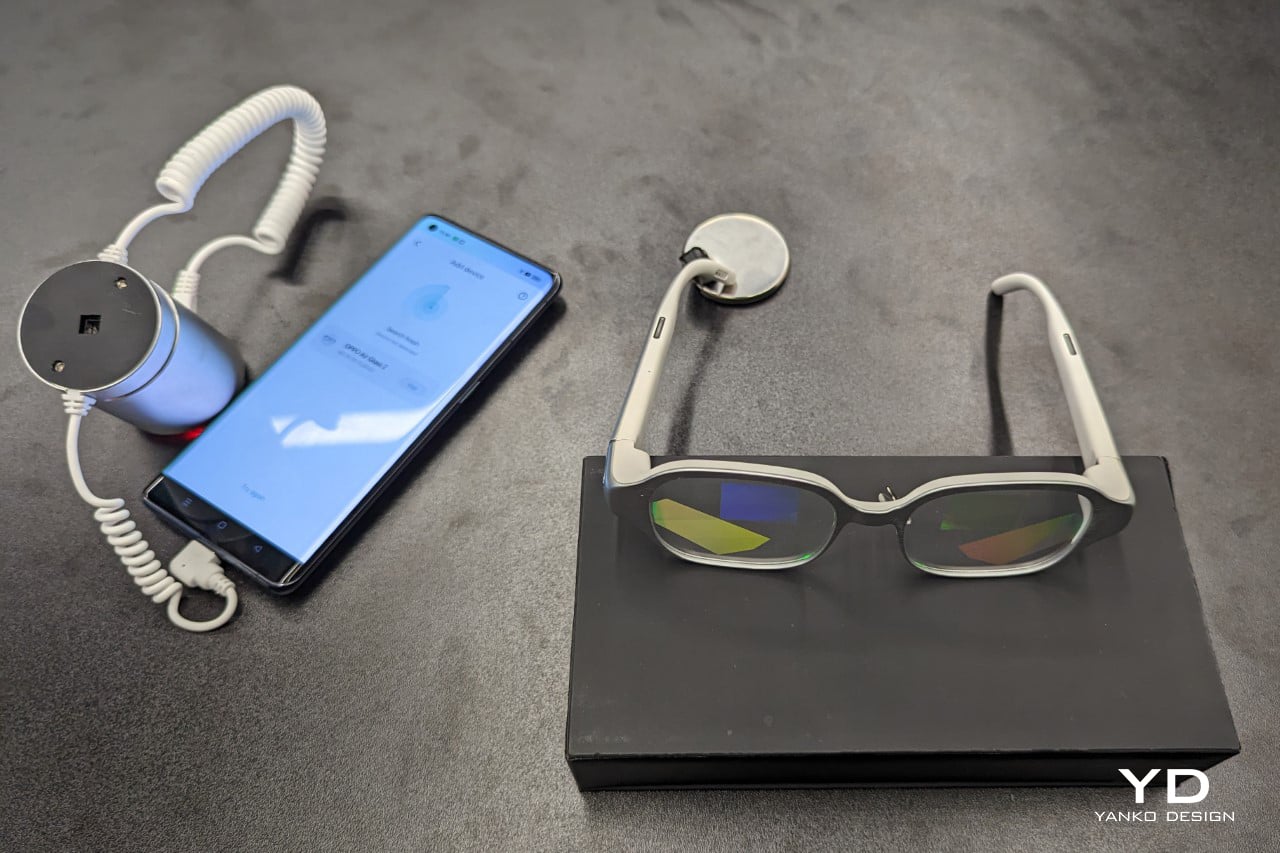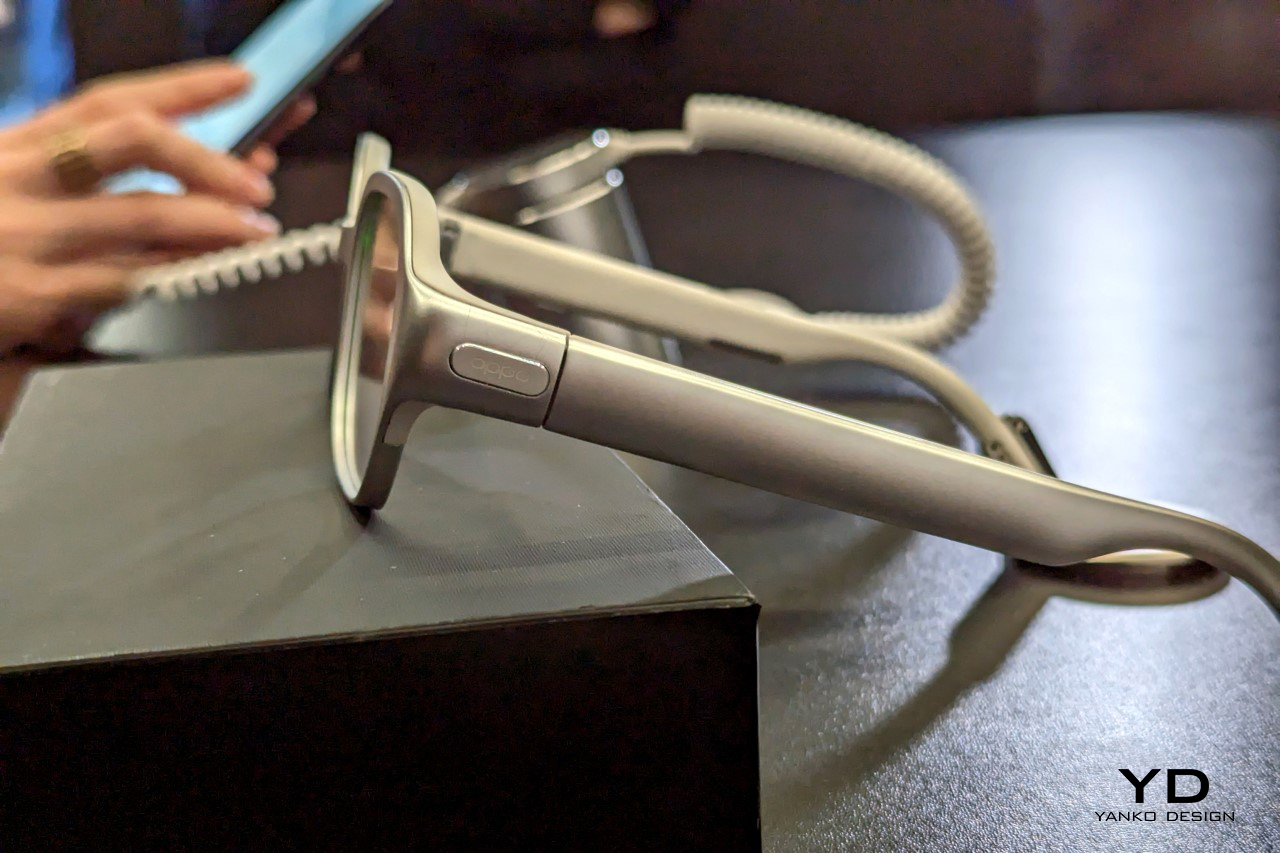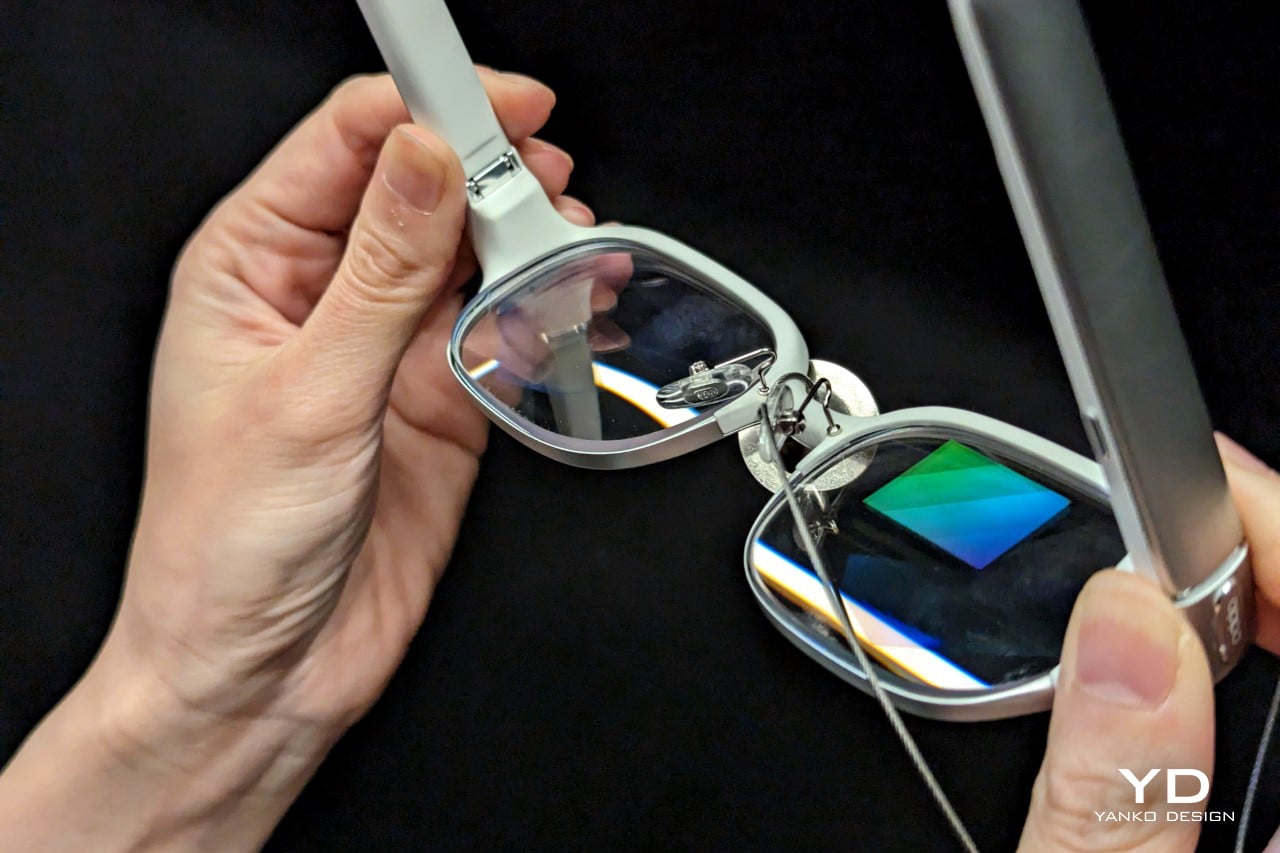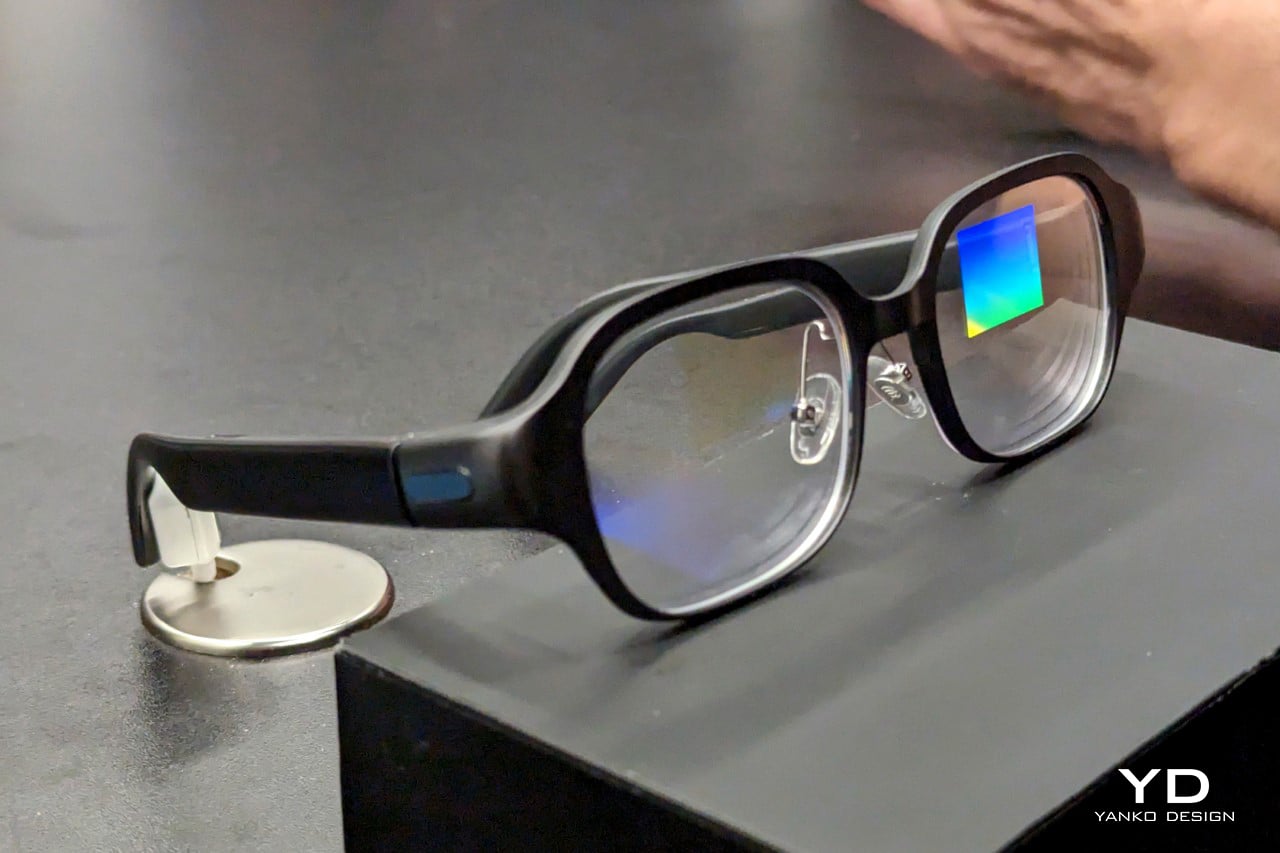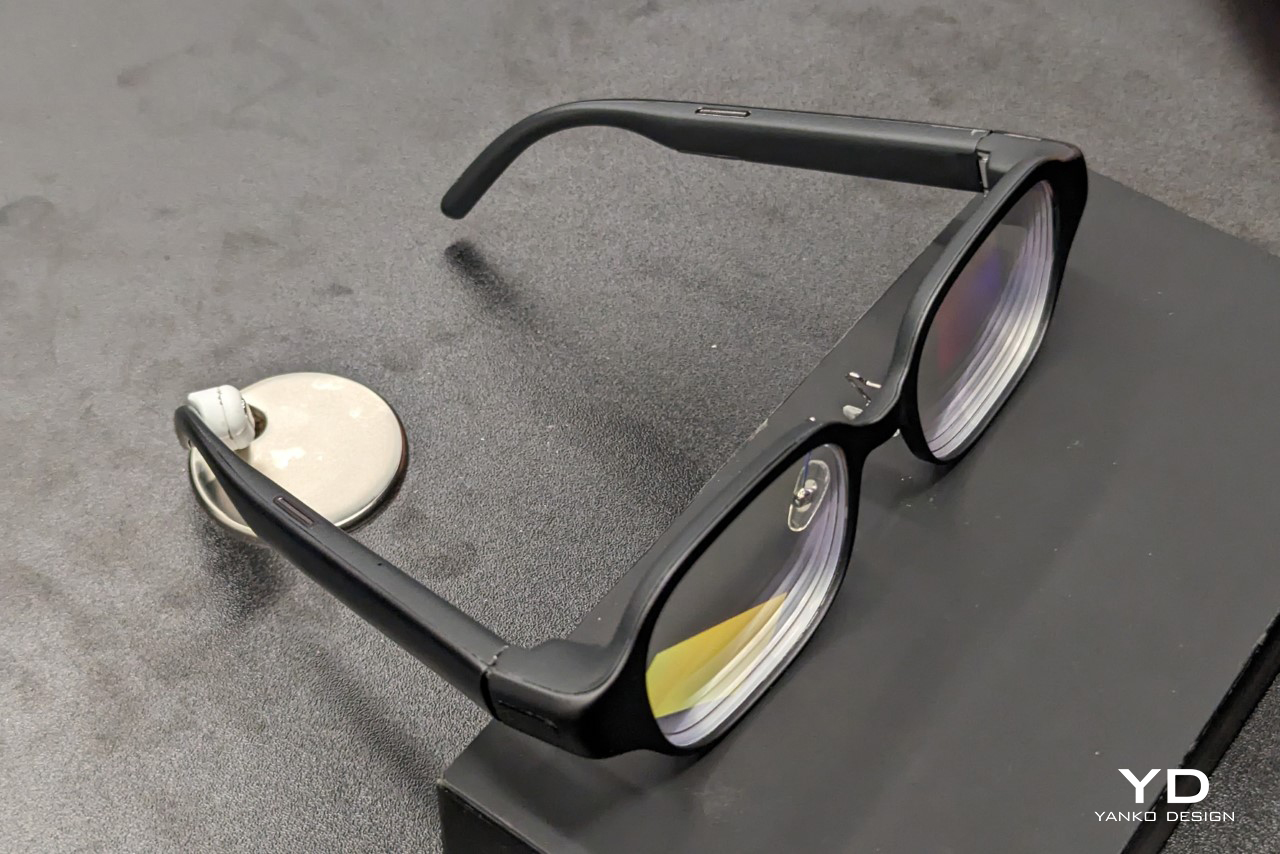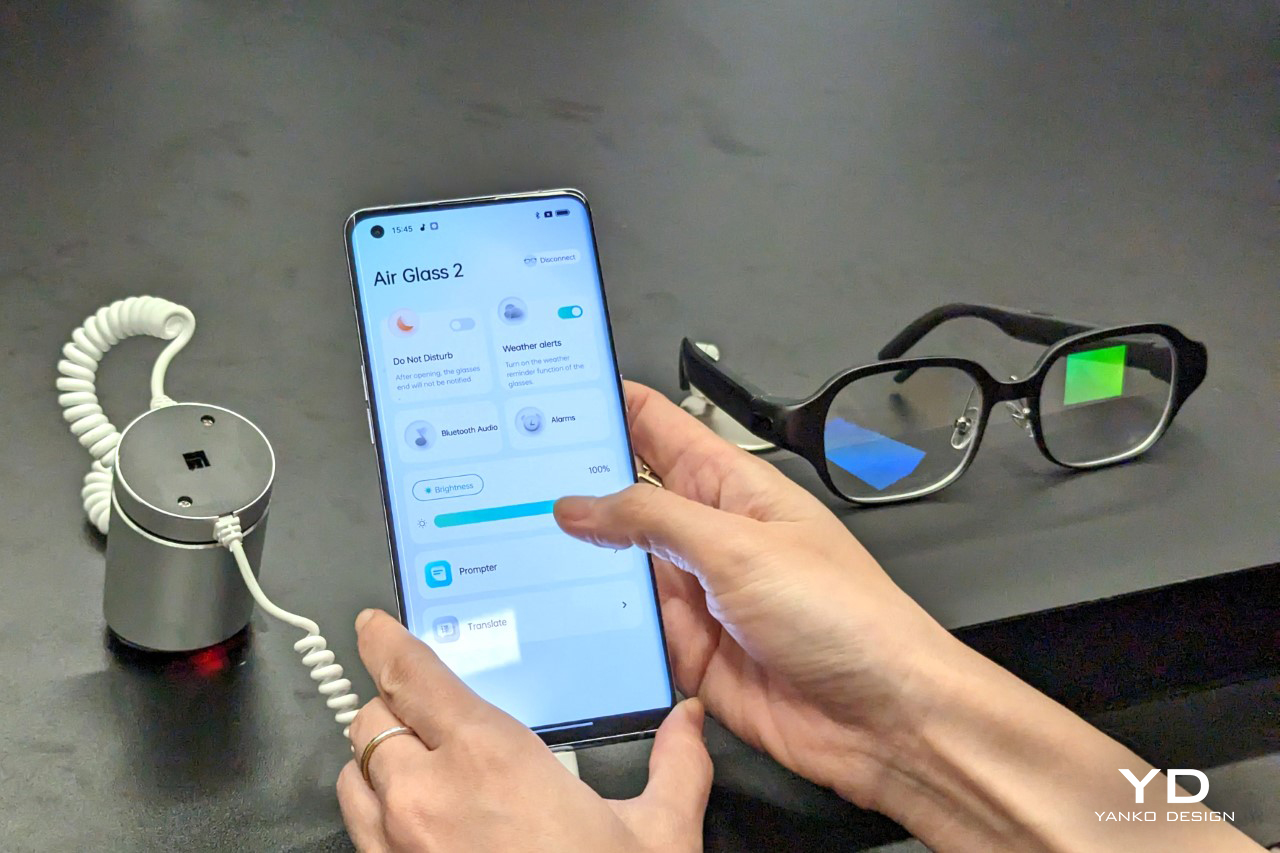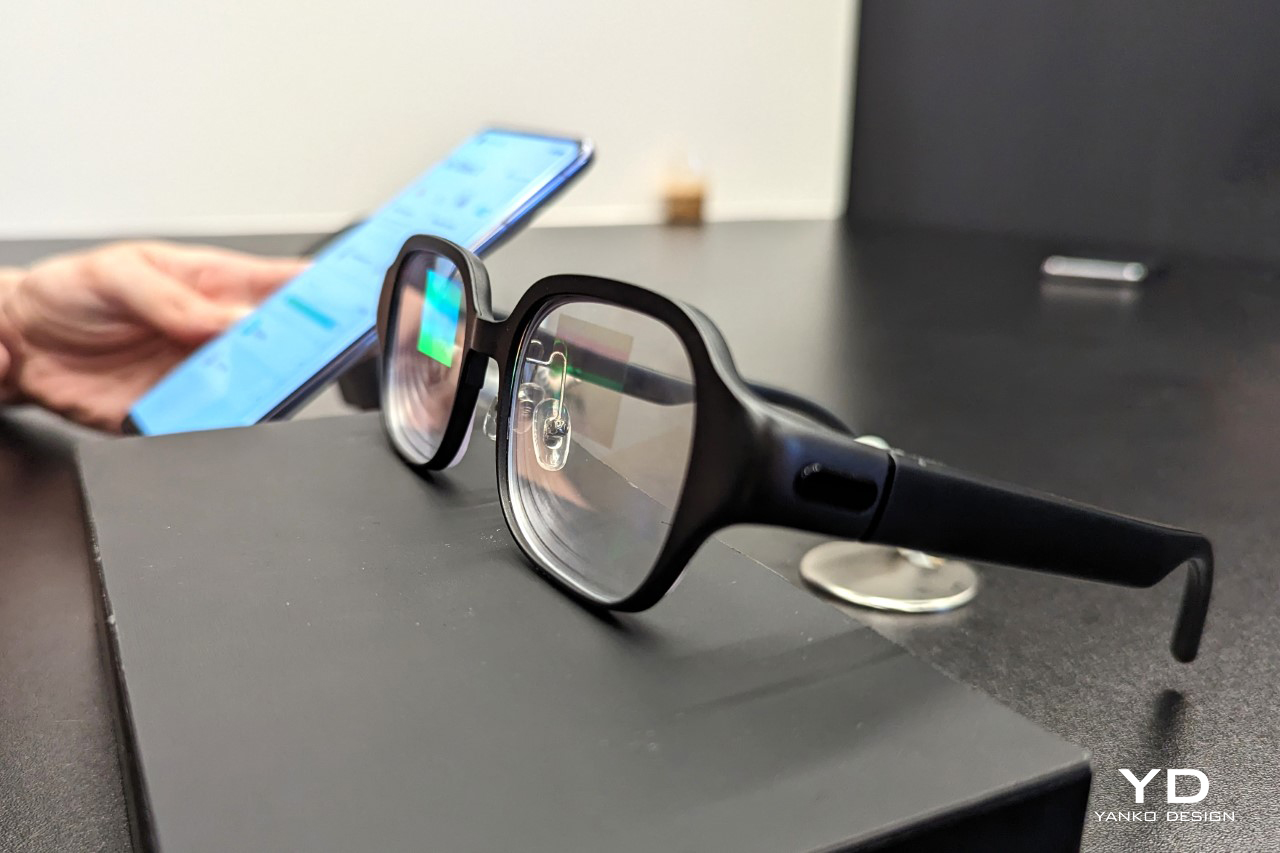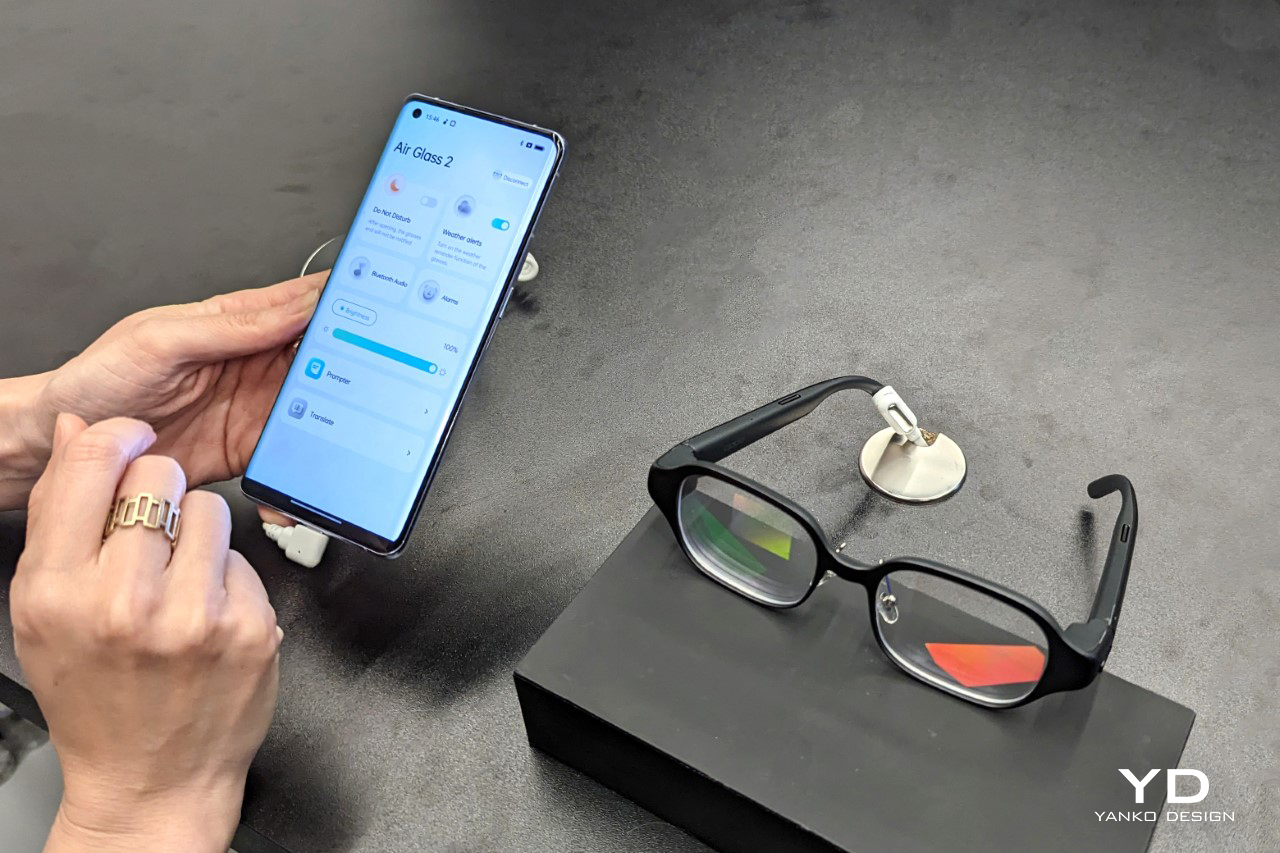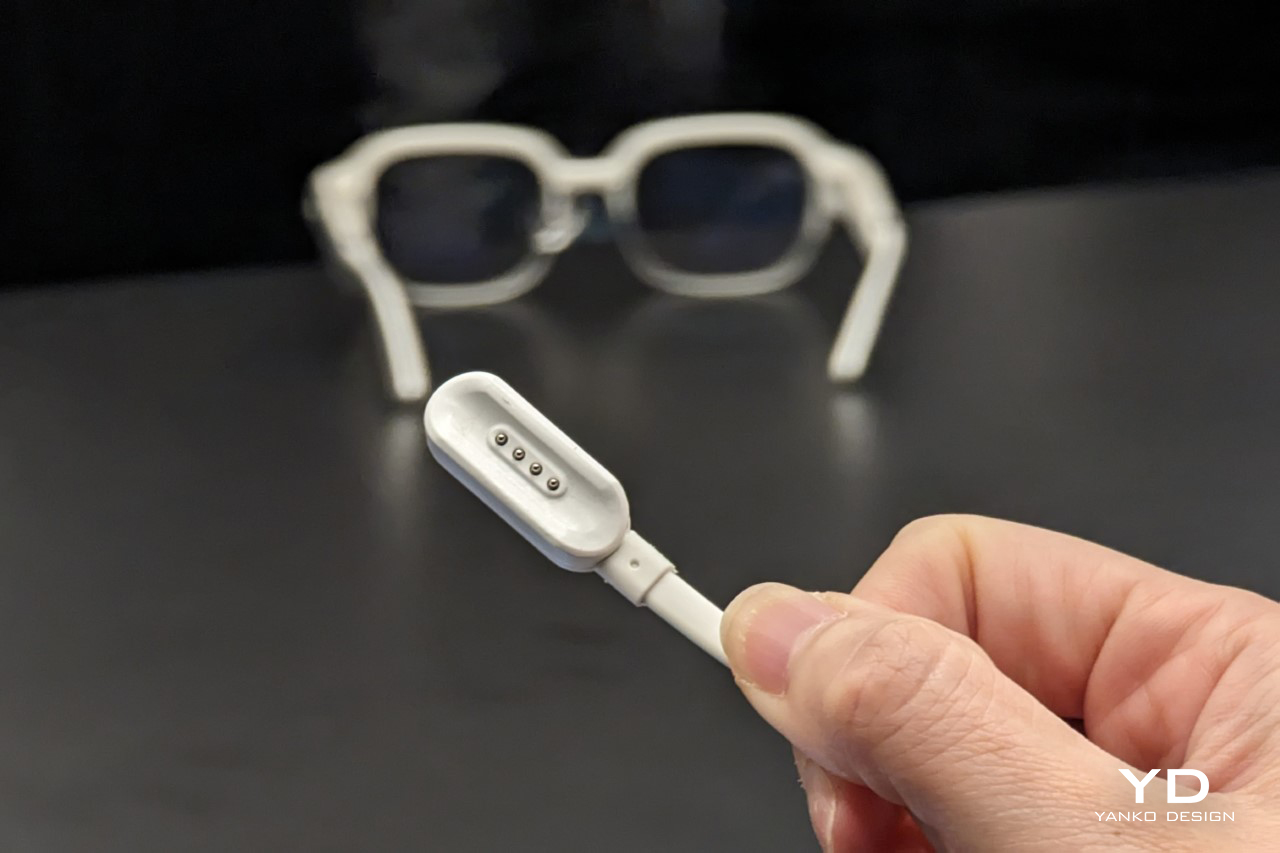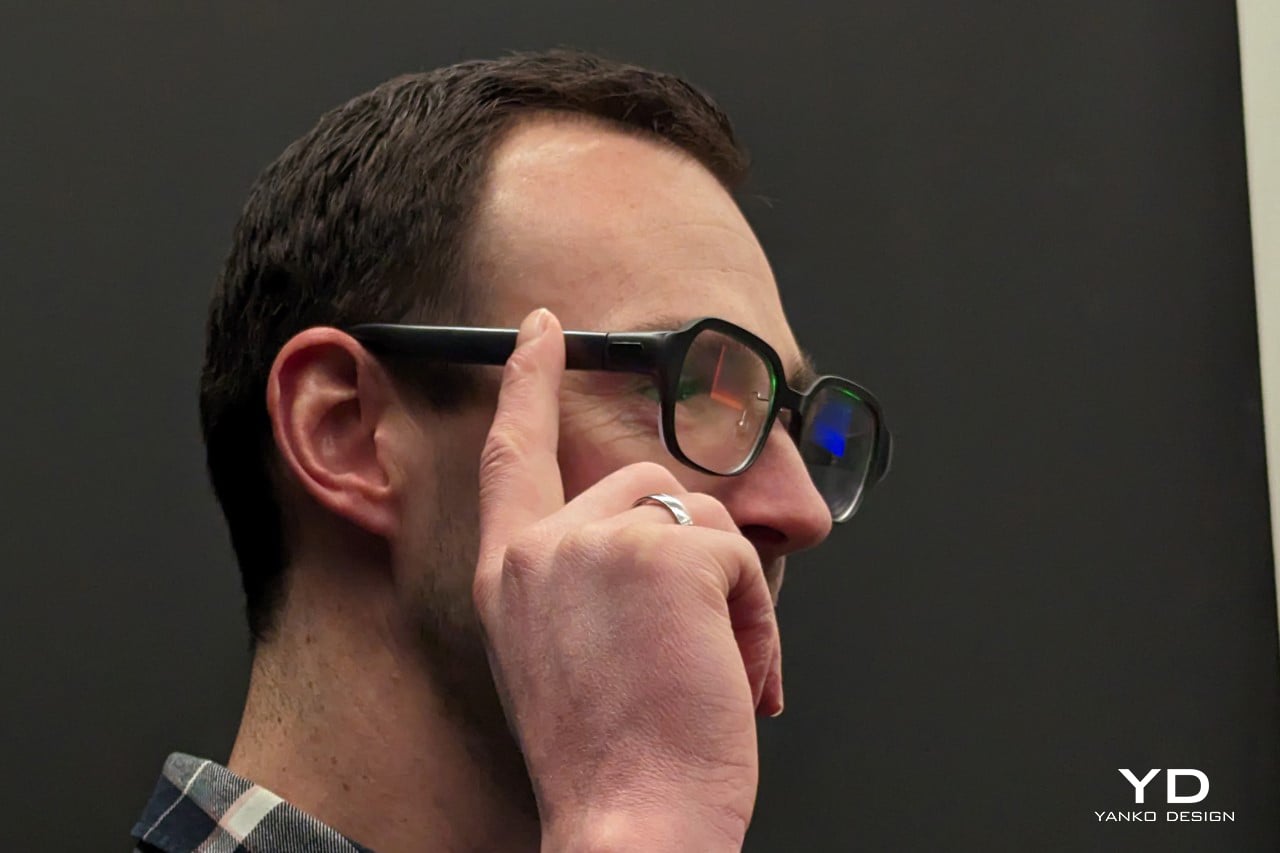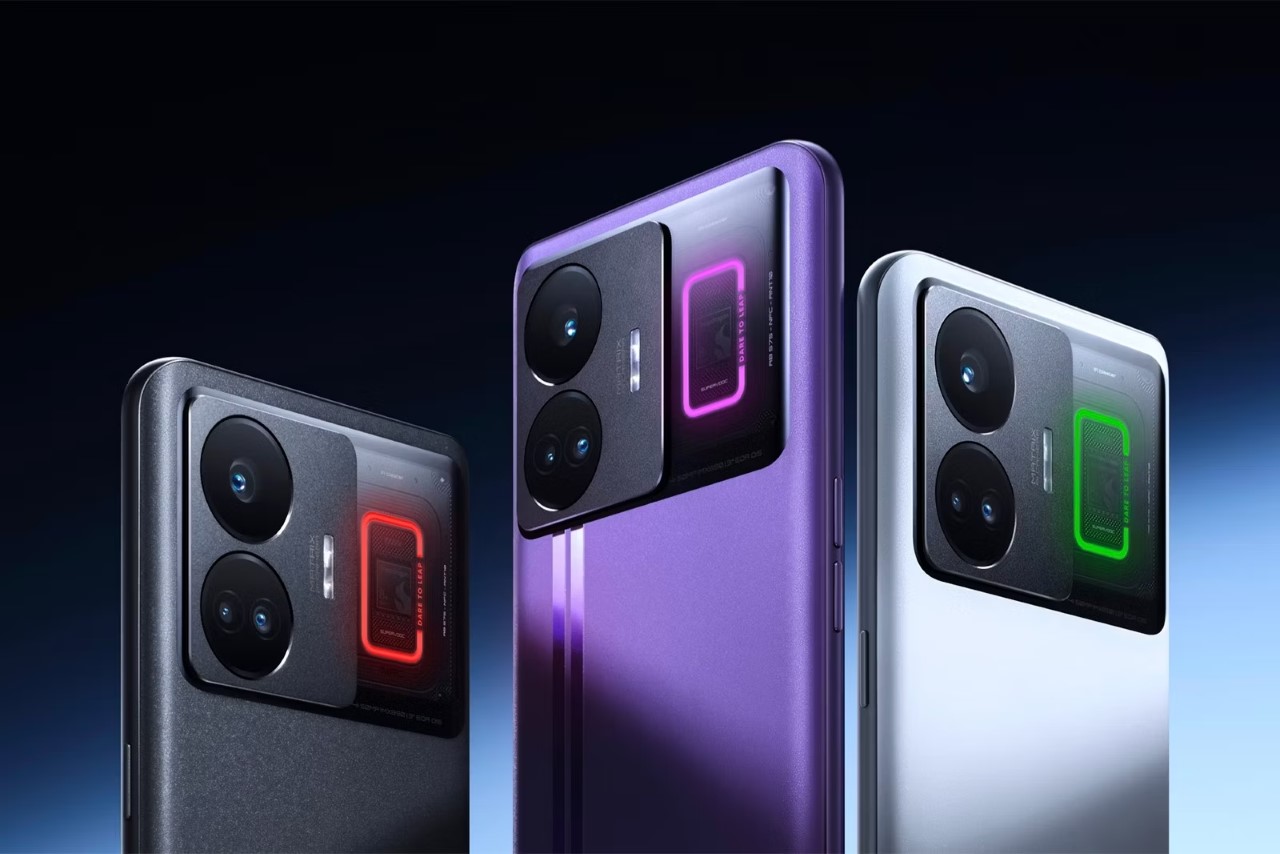
The Realme GT3 240W can juice your entire phone from 0% to 100% in less than 10 minutes… and just 30 seconds of charging could give you enough battery life for a 2-hour call on a 5G network. It’s so fast that wireless charging suddenly doesn’t seem convenient anymore.
While most of Realme’s presentation at MWC was just stats, there was a nifty 80-second demo of the GT3 charging at 240W, going from 0 to a staggering 23 percent in just the 1 minute and 20 seconds. In fact, the battery consumed most of the phone’s keynote, with a little time spent on a ‘new’ detail that Realme calls the Pulse Interface. Housed right beside the camera module, this interface borrows heavily from the Nothing phone (1)’s rear design, sporting a transparent window with an LED rectangle within it. The LED rectangle shines in 25 different colors, and can be customized for a wide variety of notifications, although its most important ones are to let you know when you’ve got a low battery, when you’re getting a call/notification, and when your phone’s actually charging. Additionally, you can make the lights glow ambiently while gaming or listening to music, or counting down the timer when you’re clicking a photo.
Designer: Realme
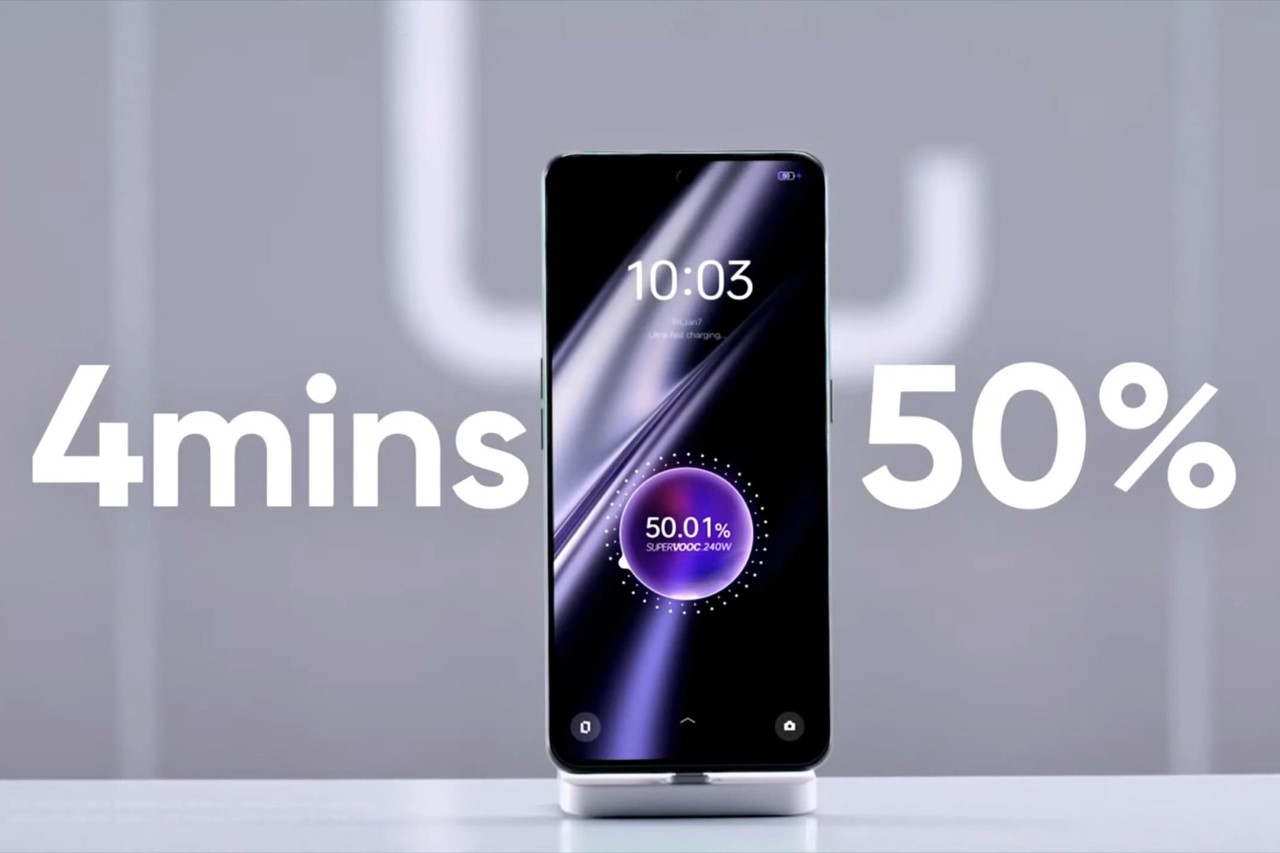
With more than 15 full minutes of the keynote being spent on the GT3’s battery alone, it’s probably the most notable feature on the phone. The 240W charging capabilities give you 20% in less than one and a half minutes, 50% in four minutes, and a full 100% in under ten minutes, making the GT3 the fastest-charging phone on the planet right now and making that red battery icon on the top right a thing of the past. The fast-charging feature works while the phone’s in use too, with Realme boasting of a o-100 in just 17 minutes if you’re playing a game.
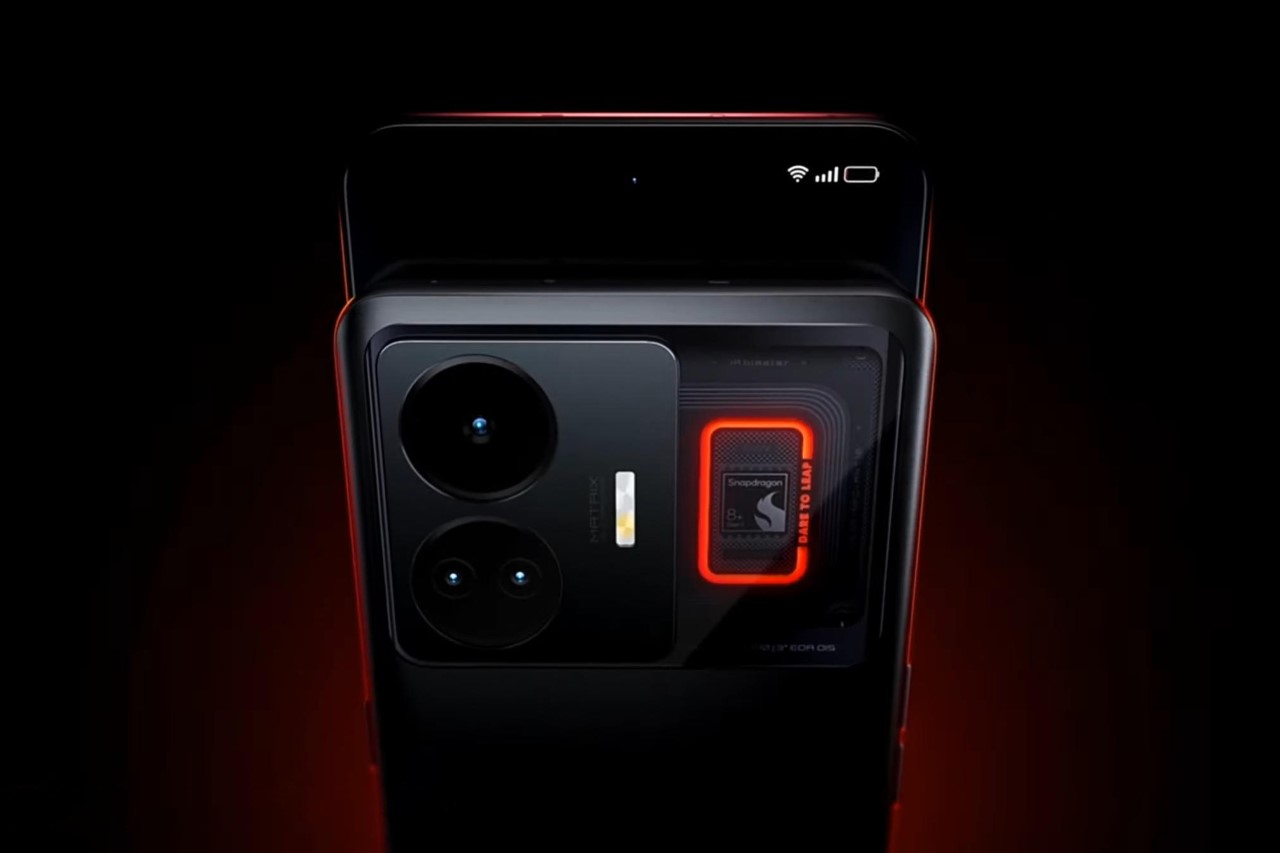
You’d think that that kind of rapid charging does an absolute number on the battery, but Realme has us believe that their battery and phone architecture are designed to optimize and preserve battery health over time. For starters, the phone has three strategically-located chipsets in the phone dedicated to just charging, and a new stainless steel vapor cooling system to cool the GT3’s ultra-thin 4600mAh battery. The battery is built to charge optimally in both high heat and sub-zero temperatures, with a life cycle that’s double what the average phone has – 1600 charge cycles before the battery degrades to 80% health. To help facilitate this 240W charging feature, the GT3 also comes with its own GaN charging adapter and a rugged 12A charging cable.
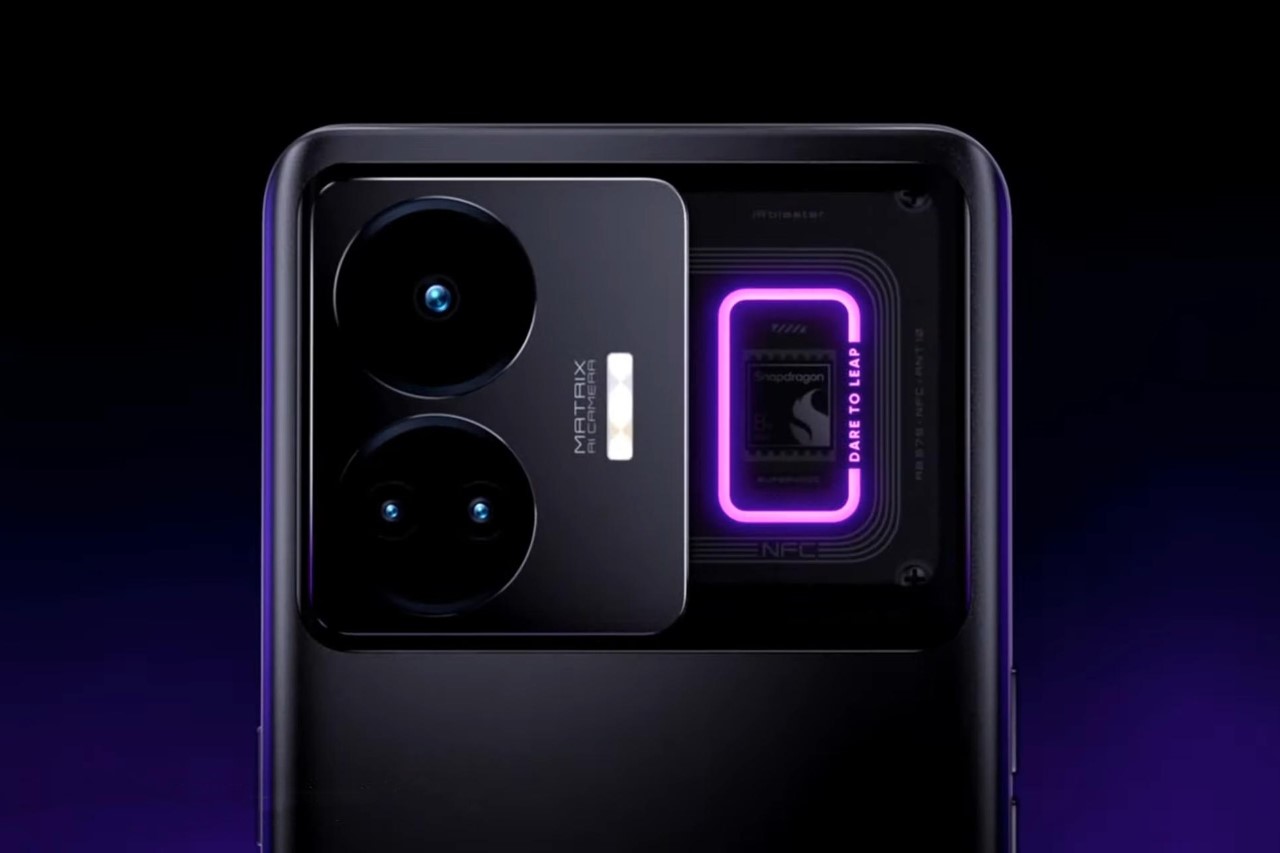
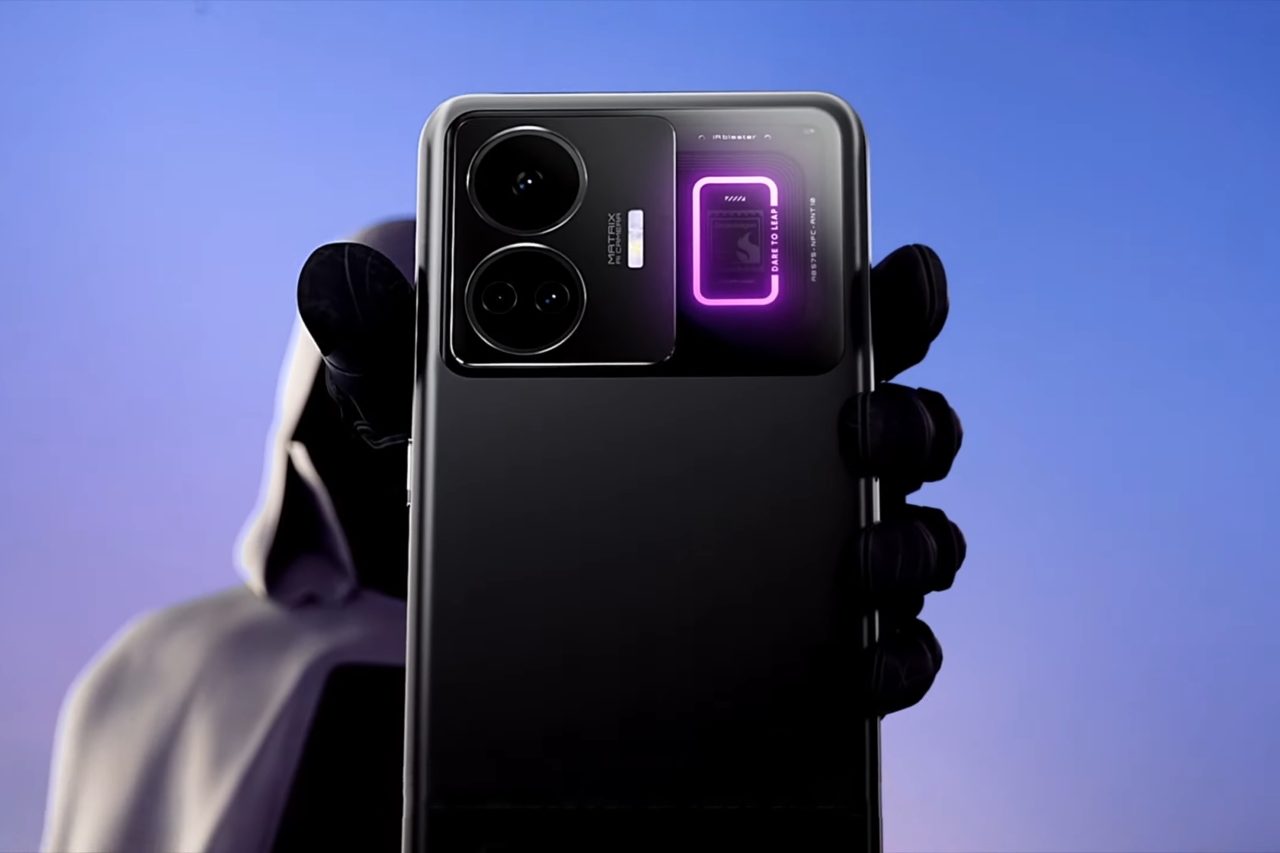
Flip the phone over and you see its second standout feature – the Pulse Interface. Sort of like the Nothing phone (1)’s Glyph Interface, but with a palpable lack of, well, glyphs… the Pulse Interface sits right next to the camera bump, under a transparent window. The LED rectangle has the words ‘Dare To Leap’, Realme’s slogan, on it, and right in the center is a nameplate bearing the Snapdragon logo on it. You wouldn’t be alone in wondering whether that’s actually the phone’s chipset… although I hate to burst your bubble, but it isn’t. The chipset sits well within the phone, surrounded by the vapor-cooling system. This, right here, is just a nameplate that serves a branding purpose more than anything. There is, however, an NFC-reader located right below the Pulse Interface… just where it says ‘NFC’.
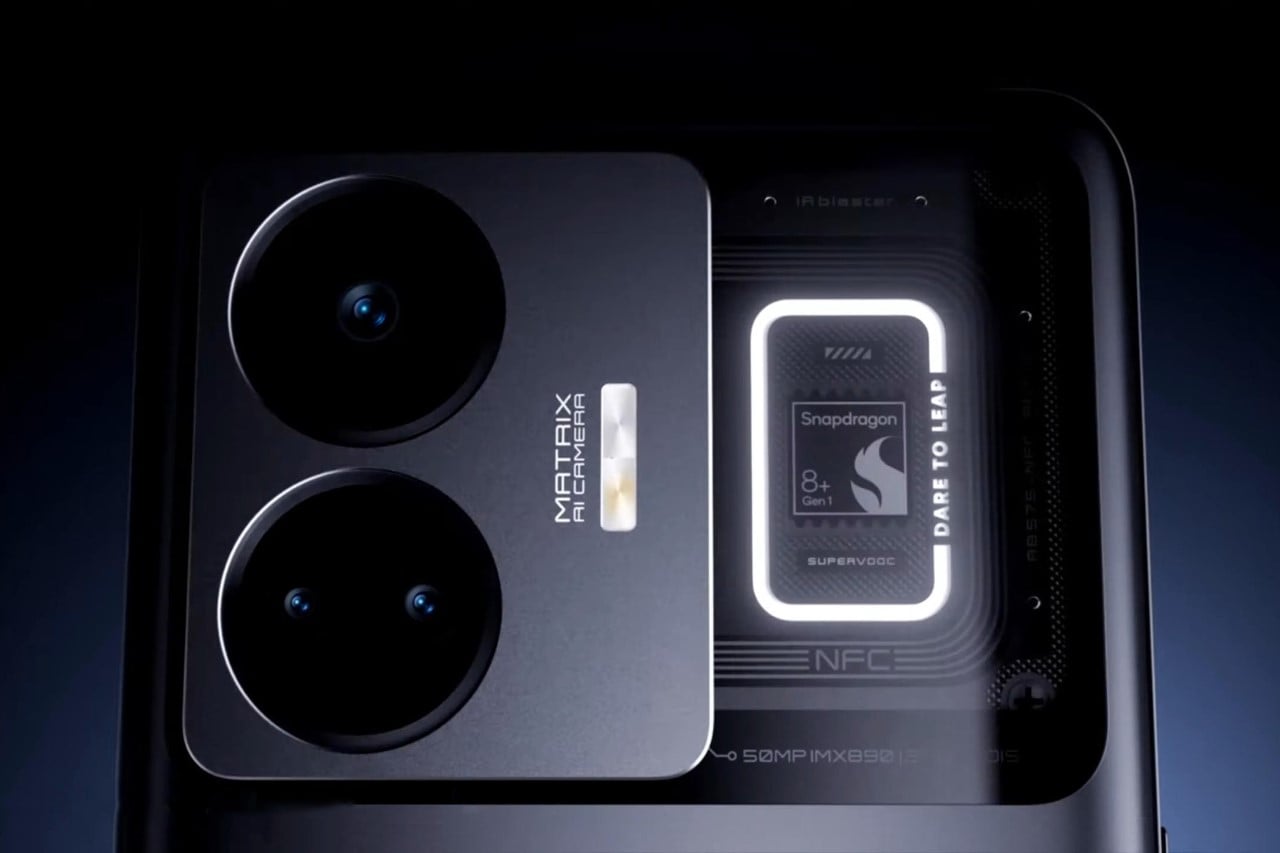

A close-up of the Snapdragon nameplate and the Pulse Interface
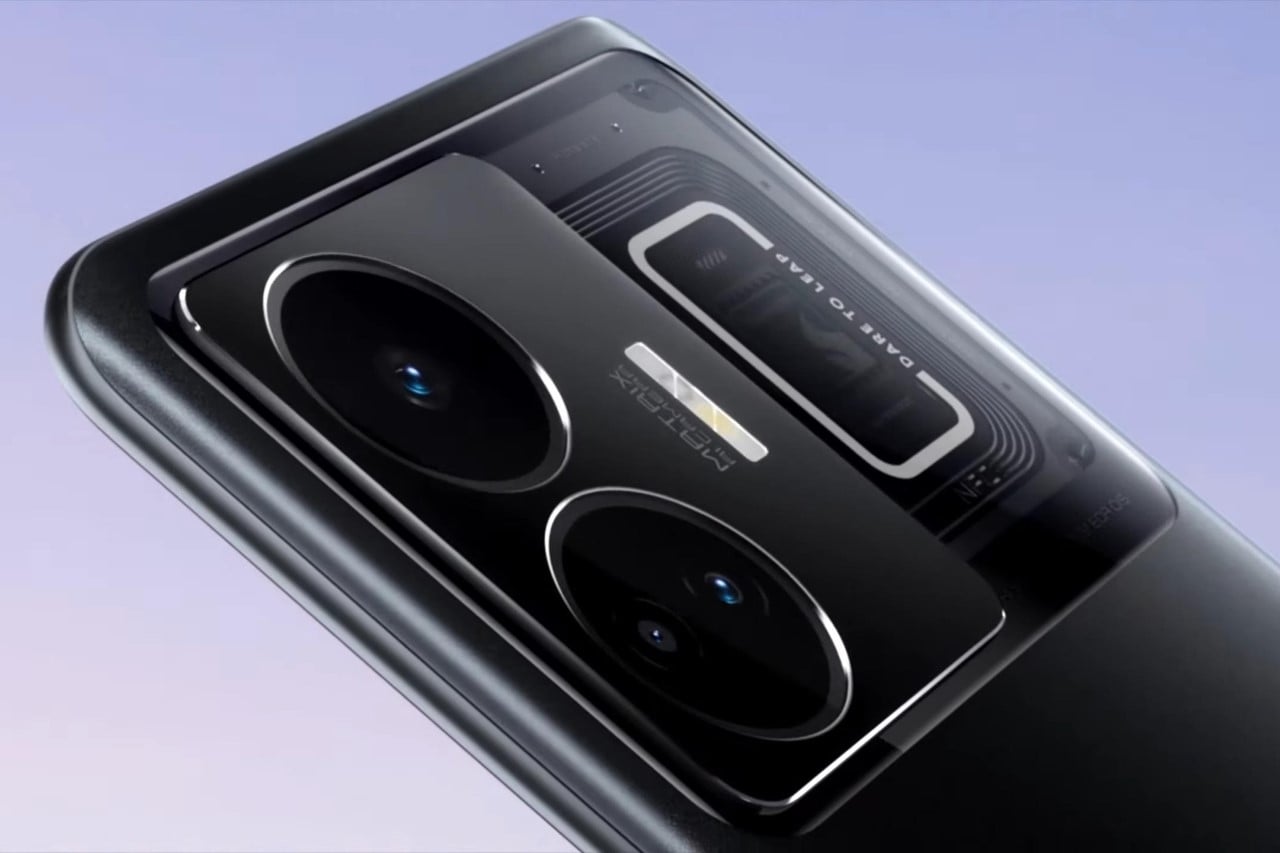
The interface lights up to signify a variety of notifications, with as many as 25 colors to choose from. You can customize the color and blinking pattern of the Pulse Interface to go with various alerts too, with even the ability to color-code certain contacts so you know when they’re calling even with your phone facing downwards. Moreover, the LED ring glows red when your battery’s depleted, blue, when it’s charging, and green when you’re at 100%, so you know when to unplug your charger. Alternatively, you could just wait 10 minutes and unplug your charger anyway!
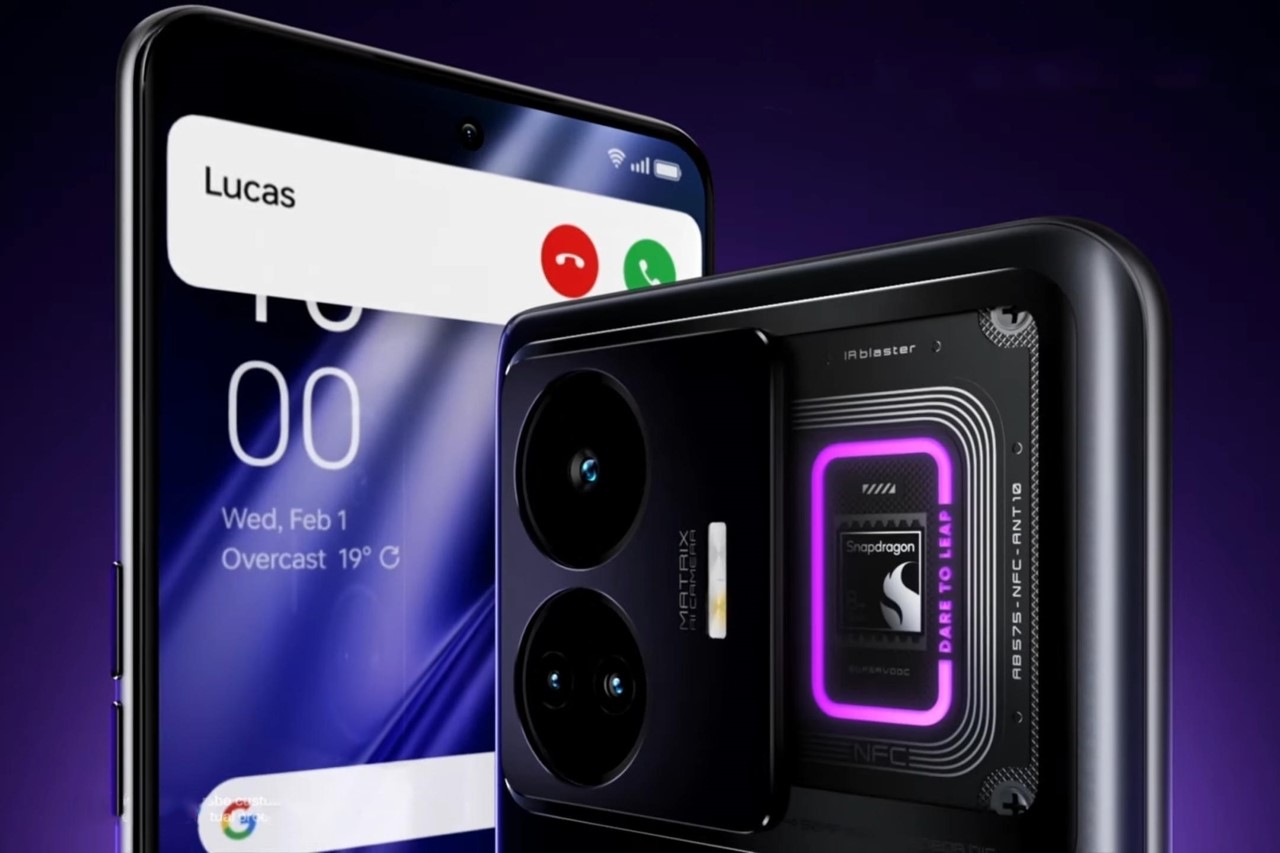
The GT3 240W also comes with a 6.74-inch 144Hz Ultra AMOLED display that has an in-display fingerprint reader, three main cameras (50MP wide, 8MP ultrawide, 2MP macro), and a 16MP wide-angle selfie camera. Available in 3 colors (black, white, and purple), the GT3 has five tiers to choose from, including a lower 8GB RAM + 128GB storage tier that starts at $649, going all the way up to an absolutely bonkers tier with 16GB RAM and 1TB storage, whose price wasn’t disclosed at the announcement. Hey Realme… does the 240W charger come in the box?
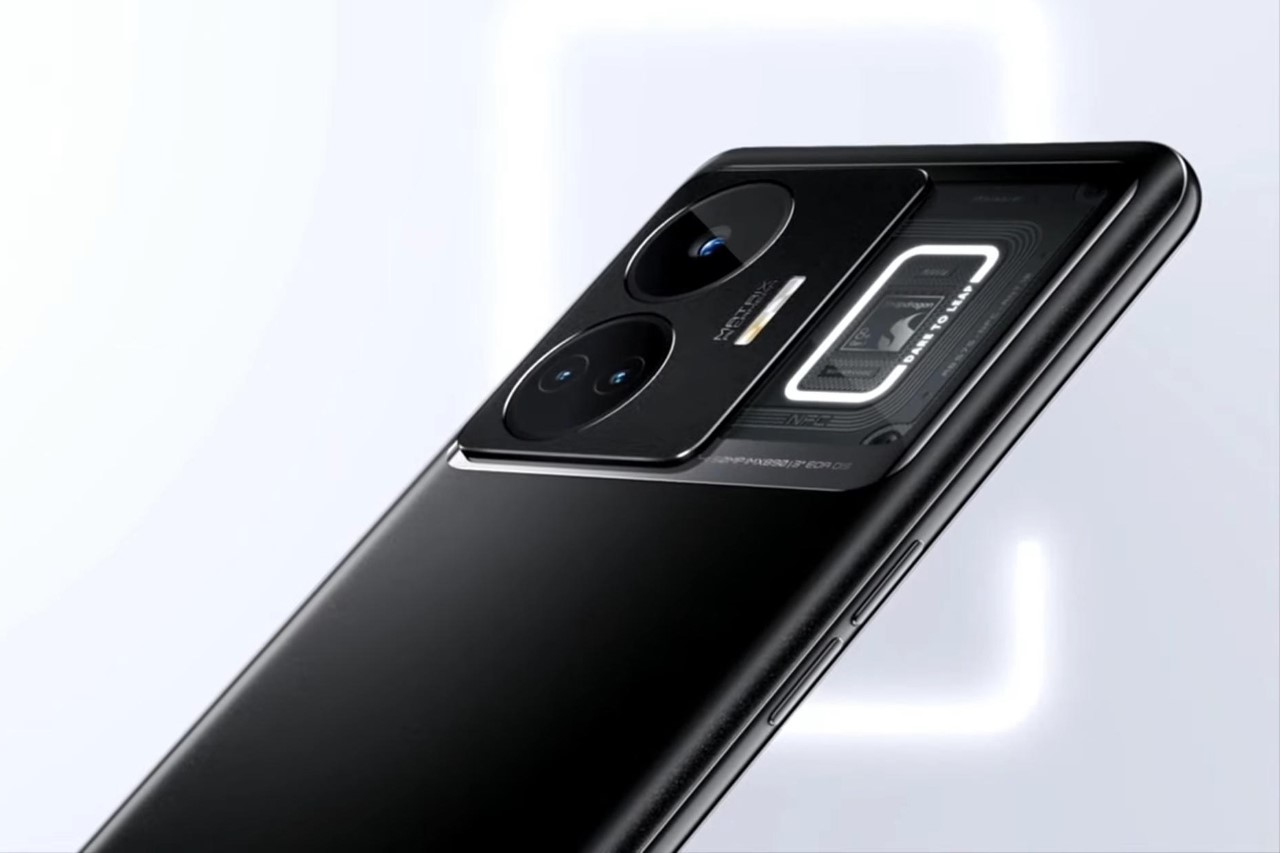
The post Realme’s latest phone comes with bizarrely fast 240W charging, and a Nothing-inspired light interface first appeared on Yanko Design.






